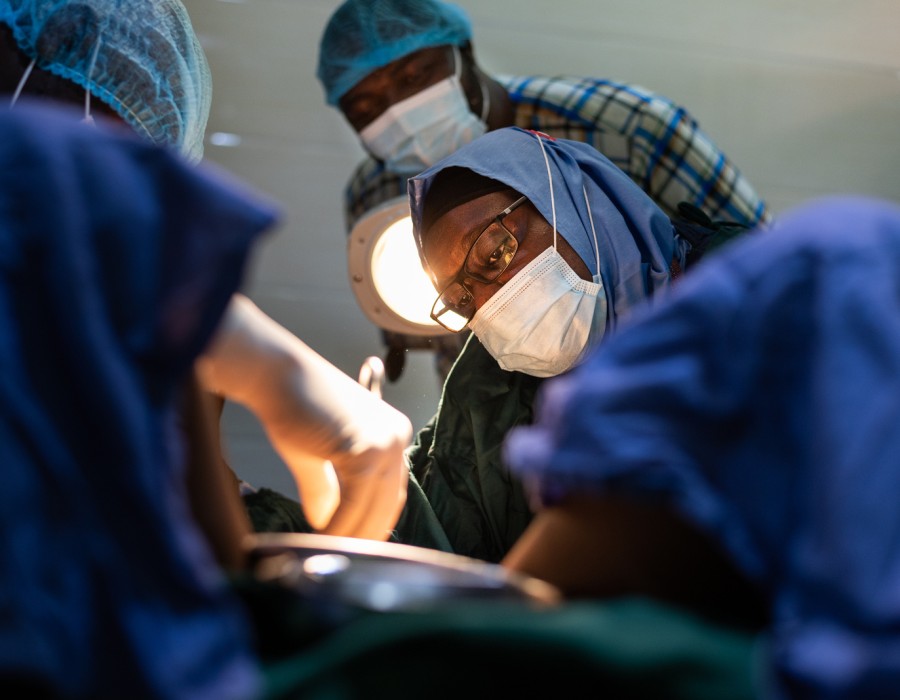Introduction:
Cervical cancer is a significant health concern globally, affecting millions of women each year. Despite advancements in screening and treatment, it remains a leading cause of cancer-related mortality among women in many parts of the world. Understanding the intricacies of cervical cancer, including its causes, symptoms, diagnostic approaches, treatment modalities, and preventive measures, is crucial for effective management and prevention.
Causes of Cervical Cancer:
Cervical cancer primarily arises from persistent infection with high-risk strains of the human papillomavirus (HPV), a sexually transmitted virus. Factors that increase the risk of developing cervical cancer include:
- Lack of HPV vaccination
- Early onset of sexual activity
- Multiple sexual partners
- Immunosuppression
- Cigarette smoking
- Poor socioeconomic status
Symptoms of Cervical Cancer:
In its early stages, cervical cancer may not cause noticeable symptoms. However, as the disease progresses, individuals may experience:
- Abnormal vaginal bleeding (between periods, after intercourse, or after menopause)
- Pelvic pain or discomfort
- Pain during sexual intercourse
- Unexplained weight loss
- Fatigue
- Changes in bowel or urinary habits
Diagnosis of Cervical Cancer:
Screening for cervical cancer is primarily achieved through:
- Pap smear (Pap test): Detects abnormal cervical cells before they become cancerous.
- HPV DNA test: Identifies the presence of high-risk HPV strains.
- Visual inspection with acetic acid (VIA) or Lugol's iodine (VILI): Visual examination of the cervix to detect abnormalities.
If abnormalities are detected, further diagnostic tests may include:
- Colposcopy: Visual examination of the cervix, vagina, and vulva using a magnifying instrument (colposcope).
- Biopsy: Removal of a small tissue sample for laboratory analysis to confirm the presence of cancerous cells.
Treatment of Cervical Cancer:
Treatment options for cervical cancer depend on various factors, including the stage of the disease, the extent of spread, and the individual's overall health. Treatment modalities may include:
- Surgery: Removal of cancerous tissue, which may involve procedures such as hysterectomy, radical trachelectomy, or lymphadenectomy.
- Radiation therapy: External beam radiation or brachytherapy to target and destroy cancer cells.
- Chemotherapy: Administration of drugs to kill cancer cells or slow their growth, often used in combination with radiation therapy (chemoradiotherapy).
Prevention of Cervical Cancer:
Preventive measures play a crucial role in reducing the incidence and mortality associated with cervical cancer. Key strategies include:
- HPV vaccination: Vaccination against high-risk HPV strains can significantly reduce the risk of cervical cancer.
- Regular screening: Routine Pap smears and HPV testing enable early detection of precancerous changes, allowing for timely intervention.
- Safe sexual practices: Practicing monogamy, using condoms, and avoiding early sexual debut can lower the risk of HPV transmission.
- Smoking cessation: Quitting smoking reduces the risk of cervical cancer and improves overall health.
Conclusion:
Cervical cancer is a preventable and treatable disease when detected early through screening and managed with appropriate interventions. By raising awareness, promoting vaccination, encouraging regular screening, and adopting healthy lifestyle practices, individuals and healthcare providers can work together to mitigate the burden of cervical cancer and improve outcomes for women worldwide. Early detection, timely treatment, and preventive measures are essential pillars in the fight against cervical cancer, emphasizing the importance of comprehensive healthcare initiatives and community engagement in combating this formidable disease.





Comments